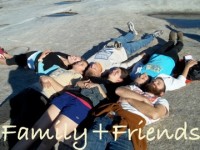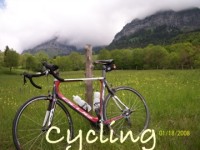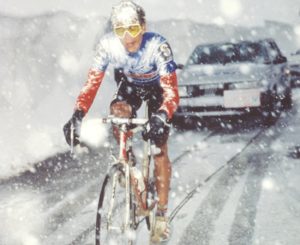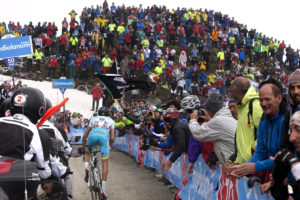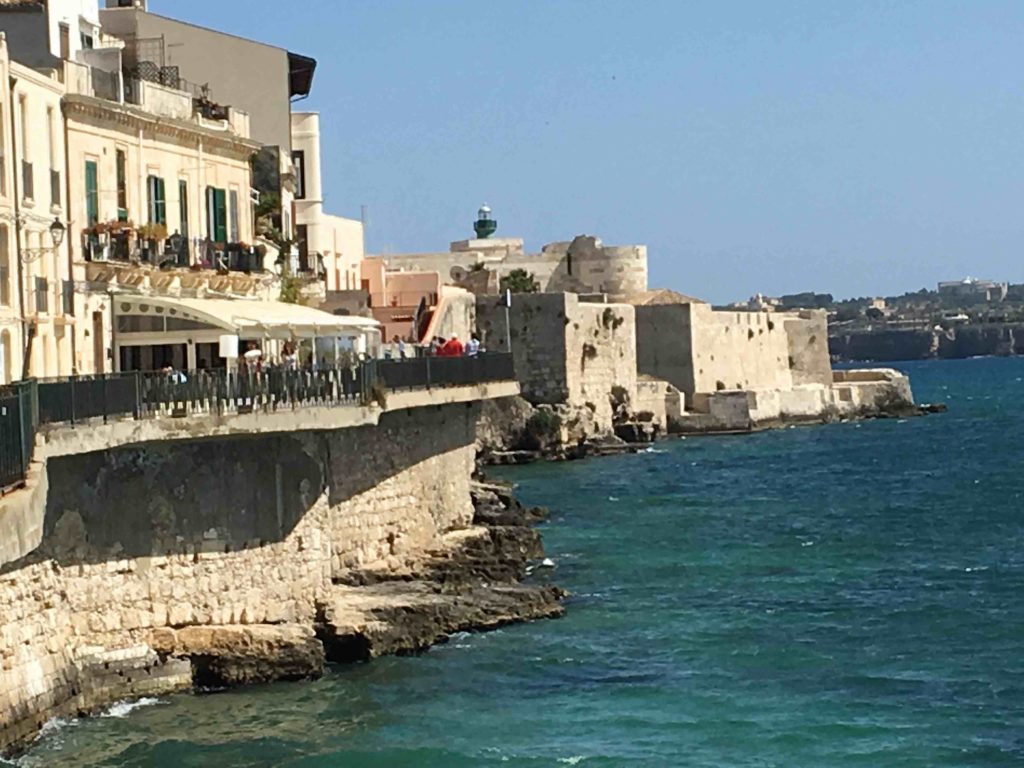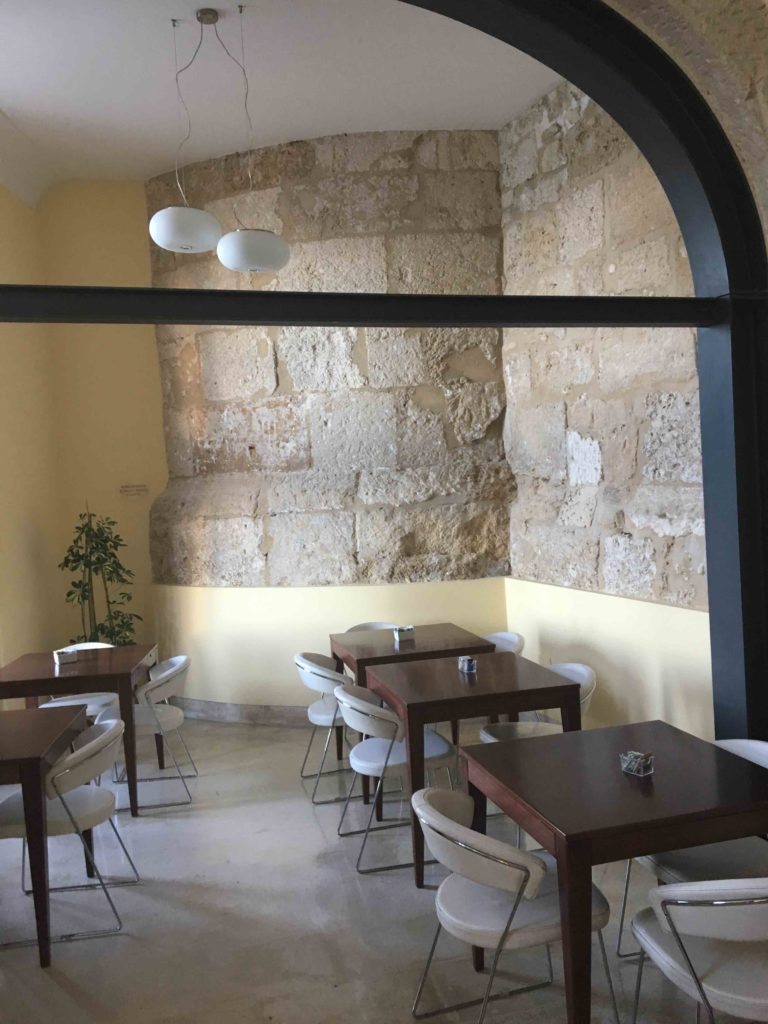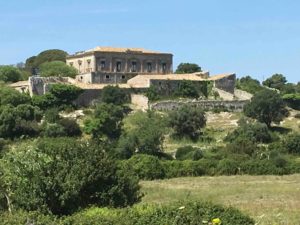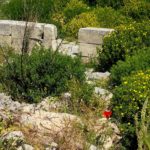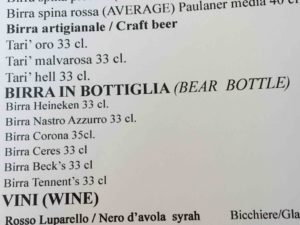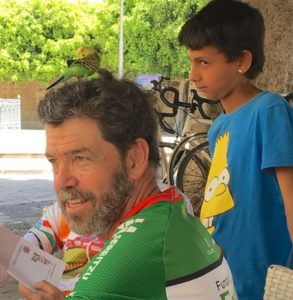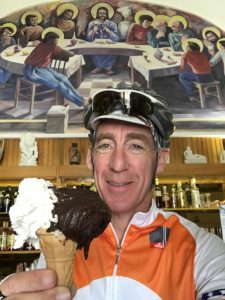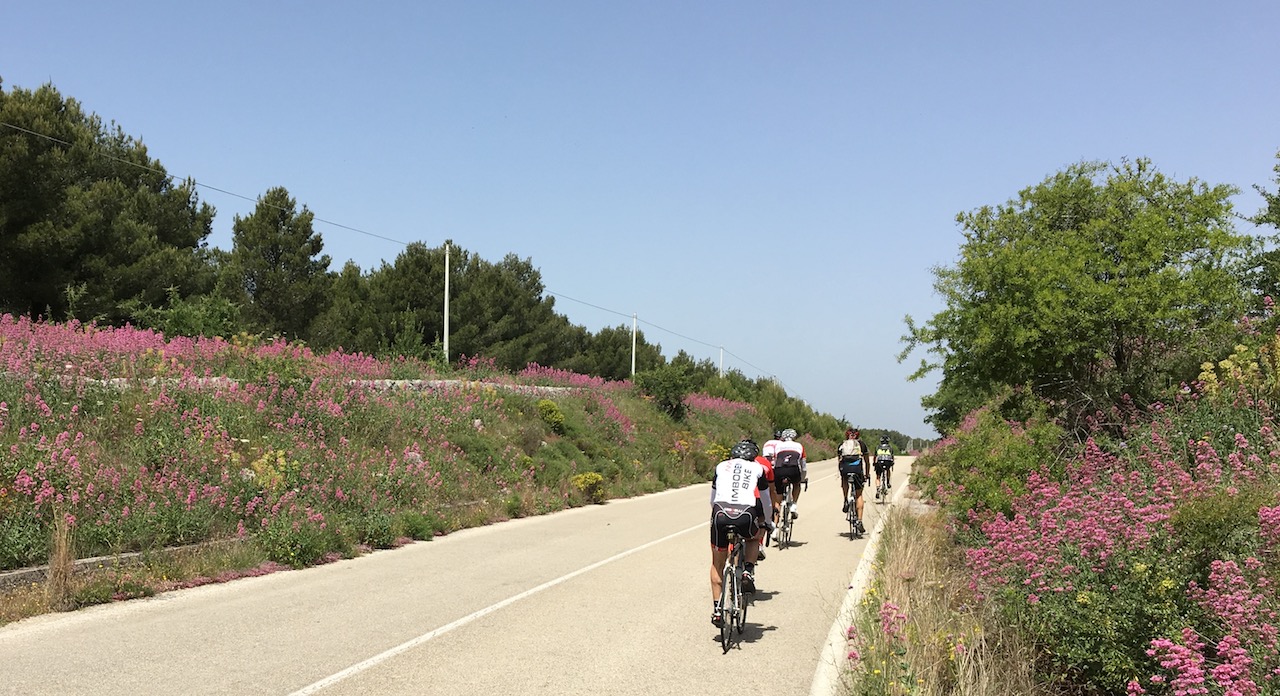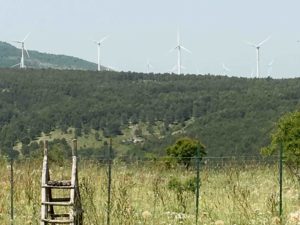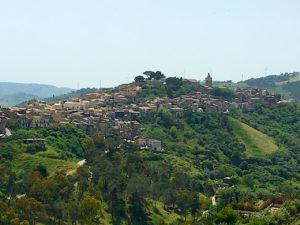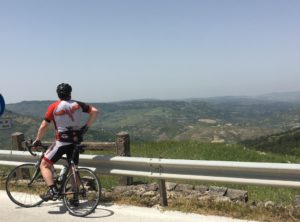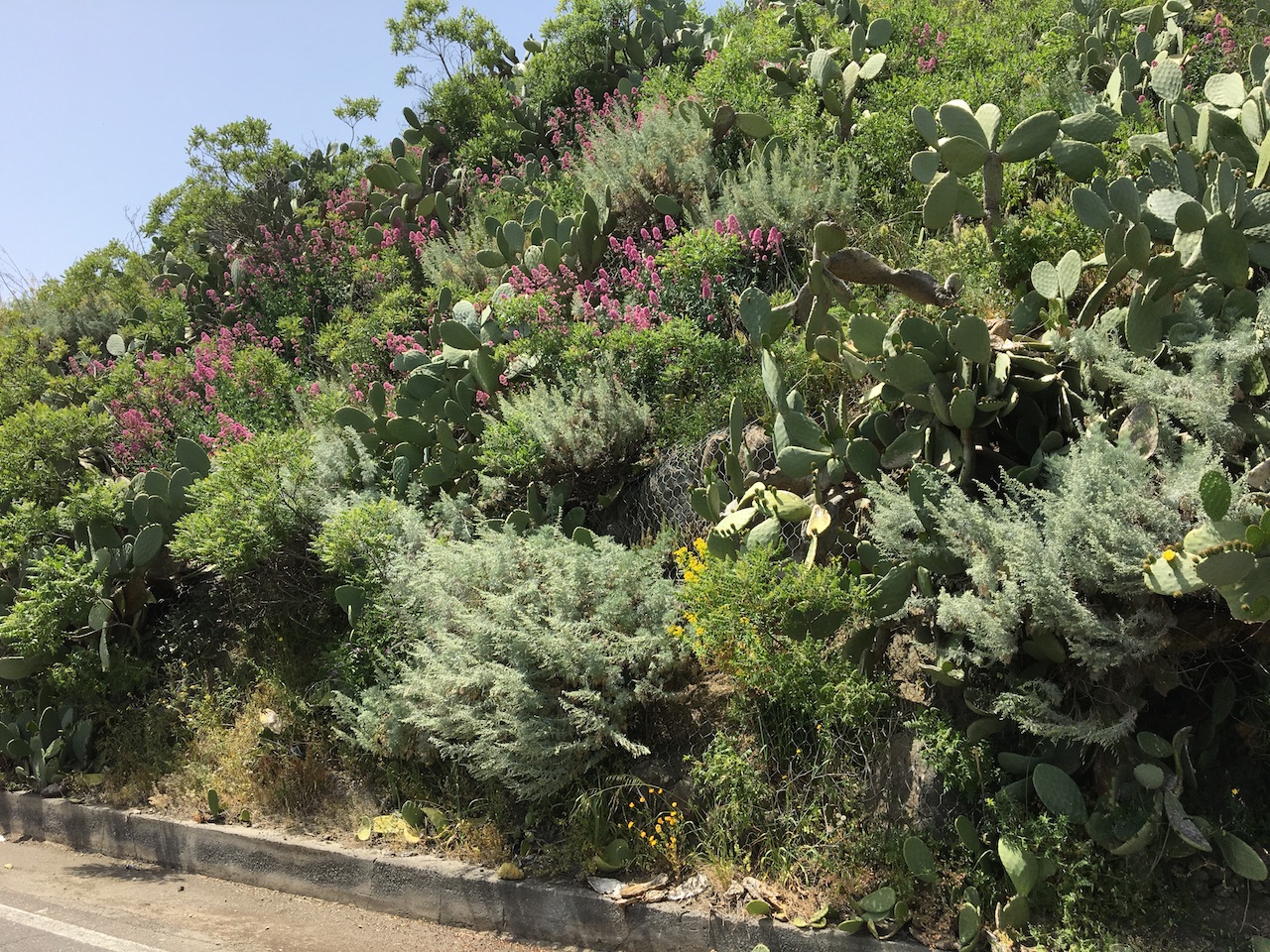After a three year pause, the Bike Boyz are off to Europe once again–this time to Sicily. We’re older, slower, and still in pursuit of our juvenile dreams of freedom on a bike. The mountains are taller, the gearing … Continue reading
The Giro d’Italia is Italy’s answer to the Tour de France and one of the most famous bike races in the world. It lasts 21 days, covers much of Italy’s extremely varied terrain, and, this year, traverses Sicily with Stages 4 and 5. This year also (like last year), Decatur’s own Joey Rosskopf will be racing the Giro for Team BMC, currently the 3rd ranked cycling team in the world. We are here in Sicily to witness the Giro and root for Joey.
The Giro is famous for its passionate fans—the “tifosi”—who line the roads and cheer on the riders. It’s also famous for epically steep mountain climbs, controversy (rivalries, cheating, doping), snowstorms in the Alps or Dolomites, and its champions (Fausto Coppi, Eddy Merxx, Marco Pantani). America’s one triumphant Giro moment came in 1988 when Andy Hampsten pushed up the Passo di Gavia in a snowstorm to win a stage and propel himself to overall victory. We haven’t come close since.
Our little group of aging Americans will pedal up the slopes of Mt. Etna in this year’s Stage 4 of the Giro—hours before the racers arrive—to position ourselves high on the mountain as Joey’s Tifosi. We plan to make good things happen for Joey and BMC; regardless, we know good things will happen for us. We’re always happy on our bikes—never mind the grousing about steep ramps and sore legs.
We’ve come to Sicily for a bike race; we’ve discovered an island rich in history. In fact, Sicily is home to no less than 7 designated World Heritage sites and we will spend as much time visiting them as we will chasing the Giro.
 Sicily is the football at the boot of Italy, and it’s been kicked around since the beginning of recorded time—though not necessarily by Italy. More significant than sitting on Italy’s toe, its locus at the crossroads of Mediterranean shipping lanes means it has always been prominent in warlords’ dreams of empire.
Sicily is the football at the boot of Italy, and it’s been kicked around since the beginning of recorded time—though not necessarily by Italy. More significant than sitting on Italy’s toe, its locus at the crossroads of Mediterranean shipping lanes means it has always been prominent in warlords’ dreams of empire.
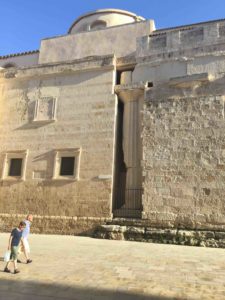
One epoch overwrites another, and when walls are pealed back, they often reveal earlier periods. This column is from the Greek period, 4th century BC.
Most every movement of Western civilization has washed across Sicily, usually with plenty of bloodshed. The Greeks came in 750 BC, stayed for 500 years, and left an imprint that continues to this day. They were preceded and succeeded by Carthaginians, who were succeeded by Romans, Vandals, Byzantines, Arabs, Normans, French, Spanish and finally modern Italy. If stones could talk, the tales would be long and bloody, filled with triumph and sorrow. They would celebrate human resilience. Sicilian stones don’t talk, but they give visual witness to Sicily’s history when weather or archeologists or remodelers peel back the layers of walls in Siracusa, Paloma and other ancient cities.
When gazing back over Sicily’s past, one sees many 100+ year epochs of culture and prosperity abruptly ended, then followed by epochs of despotism and brutality. Slavery of formerly free people was the common result of a Sicilian war–whether that be enslavement of Sicilians or of the defeated soldiers who dared to invade Sicily. Interestingly, in light of Americans’ current view of Middle Eastern Islam, the Arab period (827 – 1038 AD) is remembered as an epoch of cosmopolitanism and religious tolerance.
Siracusa has endured many such epochs. It was the queen city of Sicily for a thousand years beginning with Greek rule, when it was said to rival Athens in population and exceed it in beauty. Today its history sustains it as many visitors flood Siracusa each year, curious to learn about its past and experience its charms.
Siracusa is where our bikes first touch the road.
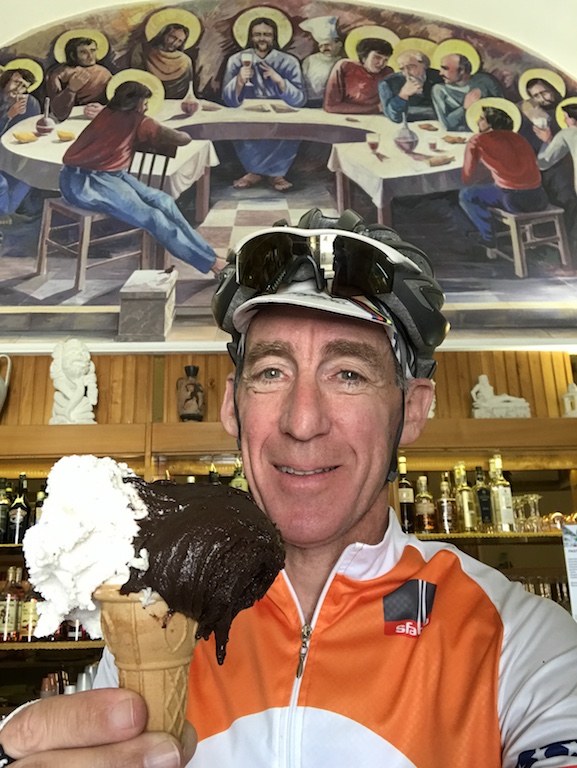

We pedaled out of Siracusa away from the Mediterranean up a long grade onto a rocky escarpment toward the historic ruin of Antico Noto (Old Noto). Antico Noto was famous in its day, rumored to be a stopover for Hercules as he returned from his seven impossible tasks. A major earthquake in 1693 destroyed Antico Noto and surrounding towns, leaving it today as a majestic ruin and World Heritage Site.
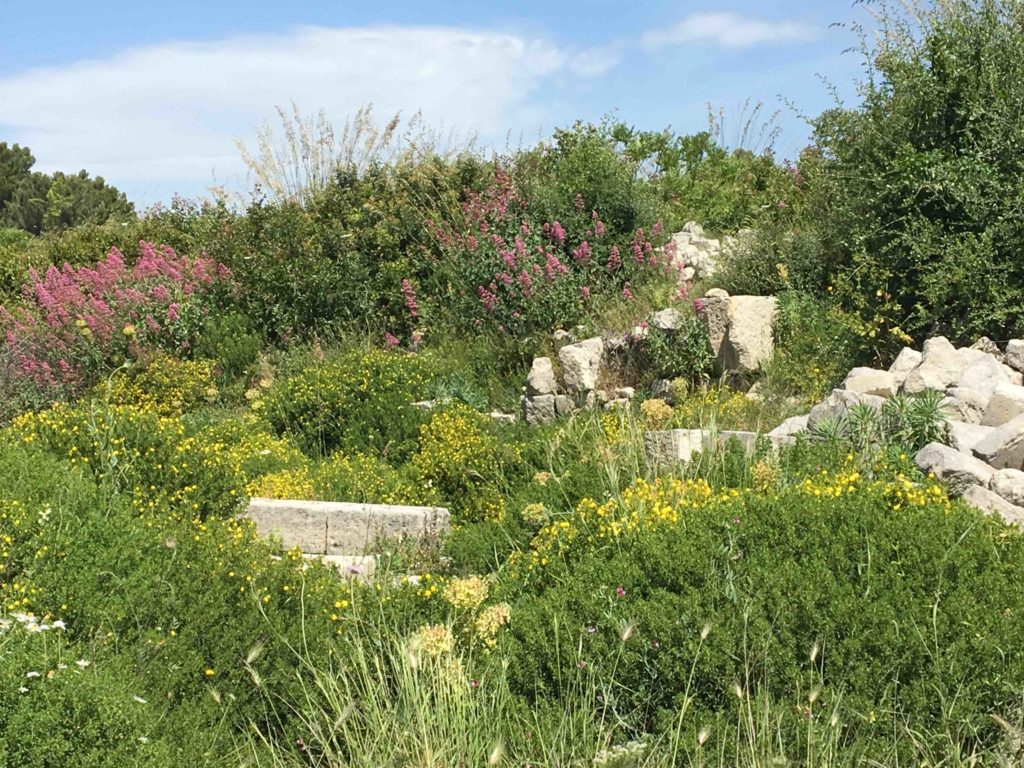
Wildflowers amid the ruins. In fact, wildflowers line the roads and fill the fields as if all of Sicily is a flower garden.
Afterward we moseyed onward 5 km into today’s Noto, claimed by some to be the birthplace of gelato (NOT the only town to make this claim!). We ate pizza at shaded cafe tables, then took it on ourselves to explore the authenticity of the town’s gelato claim. Afterward, we remounted our bikes, picked up a tailwind and sped back to Siracusa on busy roads. (60 mi., 3,100 ft)
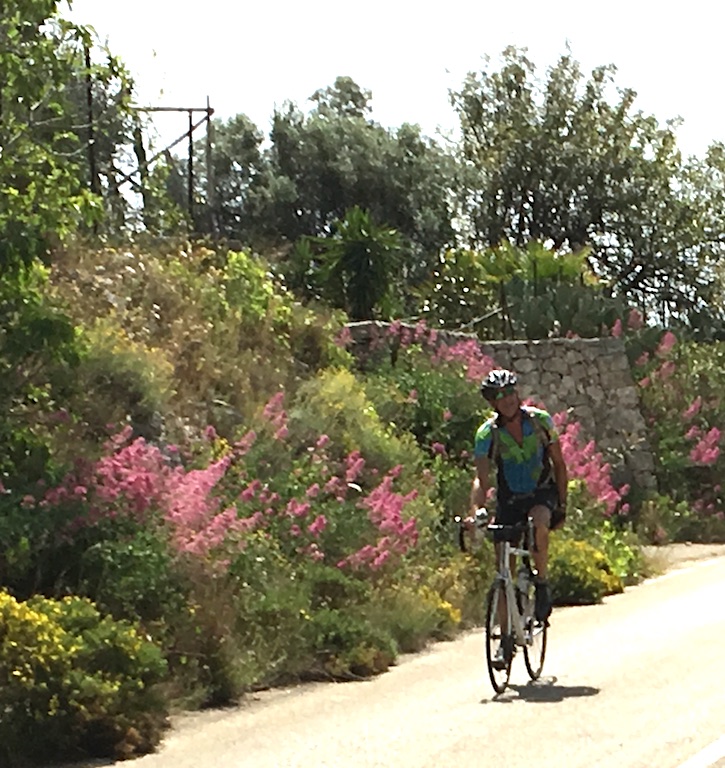

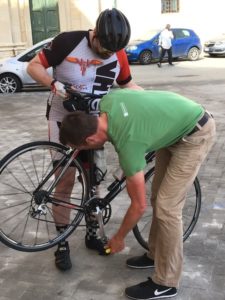
Ben works on Mike’s drive train before our rollout. The promised 11-28 rear cassette turns out to be 11-25. Plus the front derailleur keeps throwing the chain. #sicilybikerentalsucks
We loaded up our gear, mounted our bikes and picked our way through morning traffic behind the Andiamo van out of Siracusa. Our destination: Caltagirone, a legendary ceramics town in central Sicily.
We climbed 2,000 feet from the coast onto the central plateau, then wound our way up and down long ridges toward Caltagirone. Wildfllowers lined the roads, filled the valleys and scented the air. May must be the right month because all of Sicily is a wildflower garden. We rolled up to our hotel at 3 PM and prepared to check out Caltagirone for dinner. (64 mi., 6,000 ft.)

